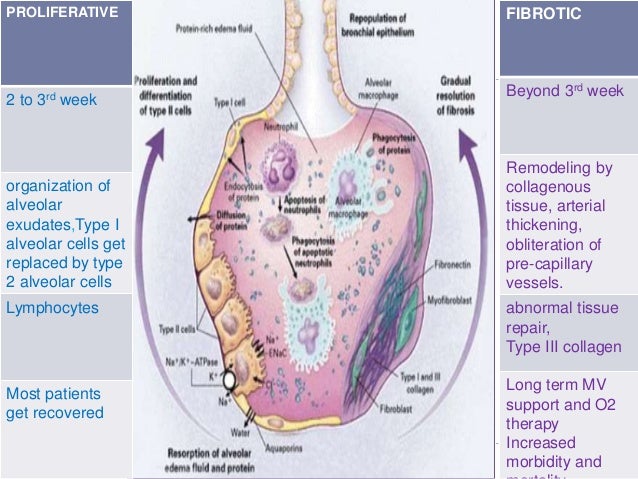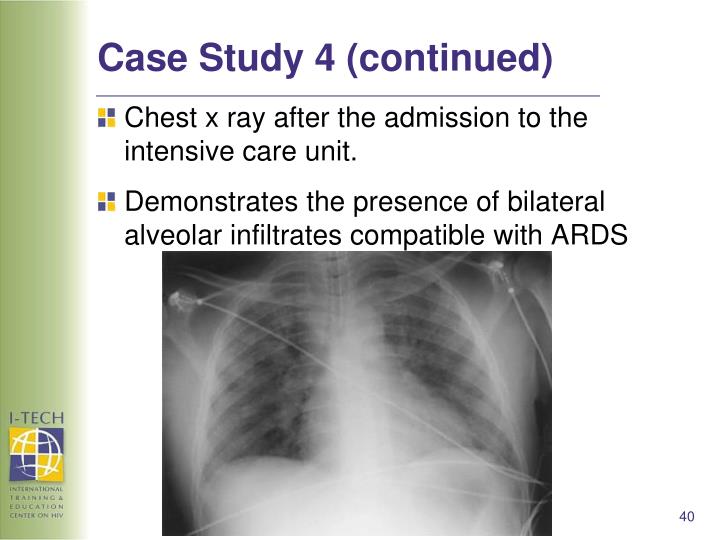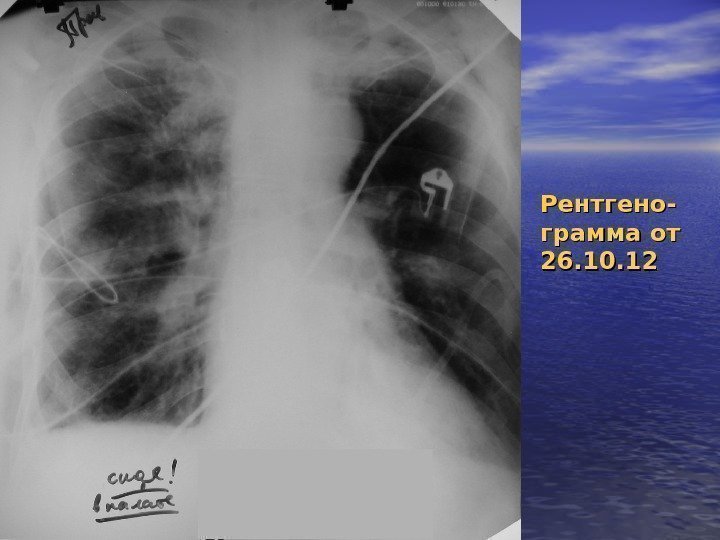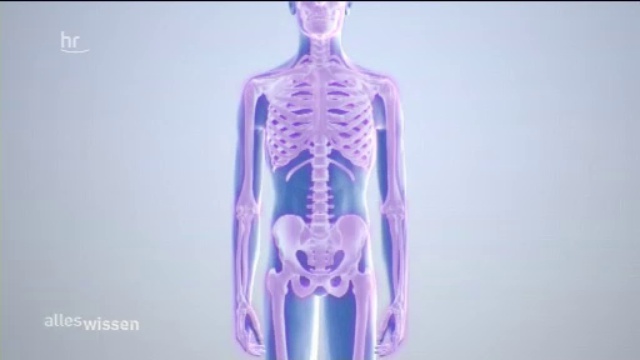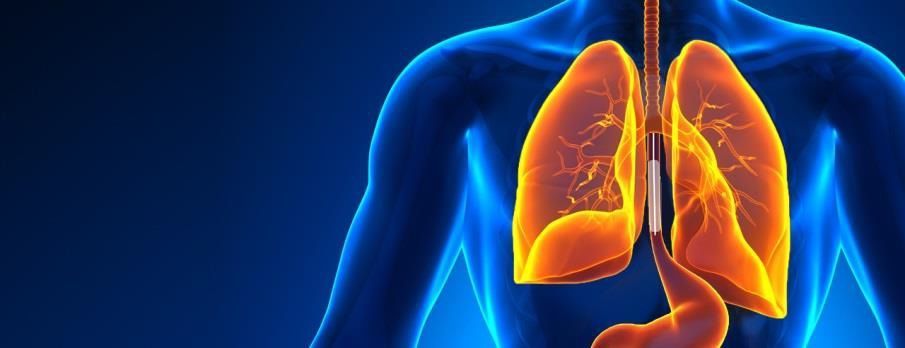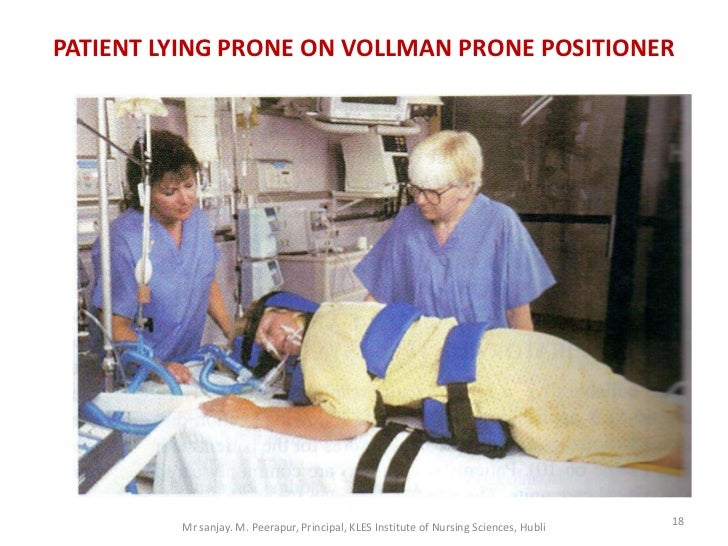Acute Respiratory Distress Syndrome
Data: 2.09.2017 / Rating: 4.6 / Views: 681Gallery of Video:
Gallery of Images:
Acute Respiratory Distress Syndrome
Jan 12, 2012ARDS is a lung condition that can be life threatening. In ARDS, oxygen levels in the blood become very low, and this can cause organ failure. How can the answer be improved. Information on Acute Respiratory Distress Syndrome (ARDS). Includes topic overview and related information. May 14, 2008Important It is possible that the main title of the report Acute Respiratory Distress Syndrome is not the name you expected. Acute respiratory distress syndrome (ARDS) is a severe lung condition. It occurs when fluid fills up the air sacs in your lungs. Too much fluid in your lungs lowers the amount of oxygen in your bloodstream. ARDS can prevent your organs from getting the oxygen they need to function, and it can eventually cause organ failure. Acute respiratory distress syndrome. Acute respiratory distress syndrome (ARDS) is a lifethreatening lung condition that prevents enough oxygen from getting to the lungs and into the blood. Acute respiratory distress syndrome. In: Ferri's Clinical Advisor 2017. Acute respiratory distress syndrome: Prognosis and outcomes in adults. Jan 24, 2012Respiratory distress syndrome (RDS) is a breathing disorder that affects newborns. RDS rarely occurs in fullterm infants. The disorder is more common in. May 17, 2012Acute respiratory distress syndrome (ARDS) is a lifethreatening lung condition that prevents enough oxygen from getting to the lungs and into the blood. People who develop ARDS often are very ill with another disease or have major injuries. Oct 03, 2017ARDS was recognized as the most severe form of acute lung injury (ALI), a form of diffuse alveolar injury. The AECC defined ARDS as an acute condition. Jan 12, 2012ARDS, or acute respiratory distress syndrome, is a lung condition that leads to low oxygen levels in the blood. ARDS can be life threatening because your body's organs need oxygenrich blood to work well. People who develop ARDS often are very ill. Acute Respiratory Distress Syndrome (ARDS) Acute respiratory distress syndrome (ARDS) is a rapidly progressive disease occurring in critically ill patients. The main complication in ARDS is that fluid leaks into the lungs making breathing difficult or impossible. Acute Respiratory Distress Syndrome Since World War I, it has been recognized that some patients with nonthoracic injuries, severe pancreatitis, massive transfusion, sepsis, and other conditions may develop respiratory distress, diffuse lung infiltrates, and respiratory failure sometimes after a. Acute Respiratory Distress Syndrome (ARDS) Learn About ARDS; ARDS Symptoms, Causes Risk Factors; Diagnosing and Treating ARDS; Recovering from ARDS. Acute Respiratory Distress Syndrome affects 200, 00 people in the US each year. About half will die from it, many others will have lifelong complications. Respiratory Compromise Respiratory Compromise Institute Acute respiratory failure occurs when fluid builds up in the air People with acute failure of the lungs and low oxygen Acute respiratory distress syndrome. Acute (or Adult) respiratory distress syndrome (ARDS) is a medical condition occurring in critically ill patients characterized by widespread inflammation in the lungs. NHLBI, NIH Acute Respiratory Distress Syndrome, or ARDS, is a condition that causes fluid to leak into your lungs, blocking oxygen from getting to your organs. Acute respiratory distress syndrome is a manifestation of acute injury to the lung, commonly resulting from sepsis, trauma, and severe pulmonary infections. Clinically, it is characterized by dyspnea, profound hypoxemia, decreased lung compliance, and diffuse bilateral infiltrates on chest radiography. Respiratory distress syndrome is a potentially lifethreatening condition in which the lungs cannot provide enough oxygen to a person's body. What is acute respiratory failure? HowStuffWorks Acute respiratory distress syndrome (ARDS) is characterised by a profound deterioration in systemic oxygenation or ventilation, or both, despite supportive. The National Heart, Lung, and Blood Institute Acute Respiratory Distress Syndrome (ARDS) Clinical Trials Network. Efficacy and safety of corticosteroids for persistent acute respiratory distress syndrome. N Engl J Med 2006; 354: Free Full Text Web of Science Medline. Boyle AJ, Mac Sweeney R, McAuley DF. 420 CE Directed Reading RADIOLOIC TECHNOLOGY, MarchApril 2015, Volume 86, Number 4 Acute Respiratory Distress Syndrome ultrasonography. Chest ultrasonography is an easy
Related Images:
- Casi Se Muere Spanish Edition
- Syser kernel debugger
- Odyssey translated by robert fagles summary
- Gifted Test Sample Questions 7Th Grade
- Baby Guards 2 Movie Download Flv
- Farmacologia De Isaza Pdf Gratis
- The jazz harmony book david berkman
- Manual De Usuario Chevrolet Meriva
- Manual De Uso Telefono Visuatel
- Manual De Usuario Motorola Ep350
- Killing Stalking Chapter 15 Kissmanga
- Gemstonesoftheworld
- The Living Fire Menace Doc Savage Bantam 61
- 2007 Saab 9 3 Aero Owners Manual
- Toyota 3l Head Torque Settings
- Libro Vivir Para Siempre Testigos De Jehova Pdf
- Control Your Day
- Bbc learning english quiznet writing formal letters
- Disabled iphone 6 fix cracked
- Thinkingphysicspracticallessonsincriticalthi
- One Piece Episode de Nami FRENCH BRRIP
- Sportcraft Boat Owners Manual
- Practical Cassandra A Developers Approach
- Twin Peaks S03E07
- Tcharger La Tortue d
- Coming Soon
- Comprehensive basic mechanical engineering rk rajput
- Rns 310 map
- My Stat Lab Statistics Answers To Test
- Toro Wheel Horse 8 25 Owner Manual
- Classical Music Openerrar
- Api Textbook Of Medicine 10Th Edition Free Pdf
- Joe abercrombie the blade itself epub torrent
- Religione e Chiesa in Italiapdf
- 2005 Dodge Charger Lx Service Repair Manual Download
- Sony Cdr W33
- Artistic Flower Paint Beautiful Flower Drawing
- Apple Manuals For Macbook Air
- CityCarDrivingCrack
- Mysql para windows y linux pdf
- Filme violetas na janela dublado completo
- Device driver code 24
- Yucatan Tex e El Morisco Vol 5epub
- Innocence Revisited A Tale in Parts
- Finale 25 Music
- Libros Para Auxiliar De Enfermeria Gratis
- The Biochemistry of the Nucleic Acids
- Cursos De Manualidades En Galerias Bogota
- Lakshmi ashtothram 108 names in telugu pdf
- Pdf View In Android Studio
- Guida introduttiva ai sistemi GNULinuxpdf
- English question paper for 2013 for cohsem
- Fundamentals Of Corporate Finance Asia Global Solution
- Manufacturing Process Of Sugar Industry
- Telecharger wwe raw
- Manual De TipografJohn Kane Pdf Descargar Gratis
- Quark Multipurpose Email Template Builder
- Promap
- FS9FSXP3DXPlane Navigraph AIRAC Cycle 1705
- Stairville Mv250h User Manual
- Cie 9706 Marking Scheme May June
- Descargar Libro Pdf Una Vida Con Proposito
- 8 1a Lesson Master Answers Algebra 2
- Rf online damage hack using cheat engine
- Cdc Serial Driver Lenovo S660
- Bs en1092 2 pdf
- Libros Para Auxiliar De Enfermeria Gratis
- The Man Who Lost Himself
- Chest Imaging Case Atlas 2nd Edition
- Gigabyte GA81865gm775 LAN driverszip
- European tax handbook pdf
- Spartito grande amore il volo flauto


